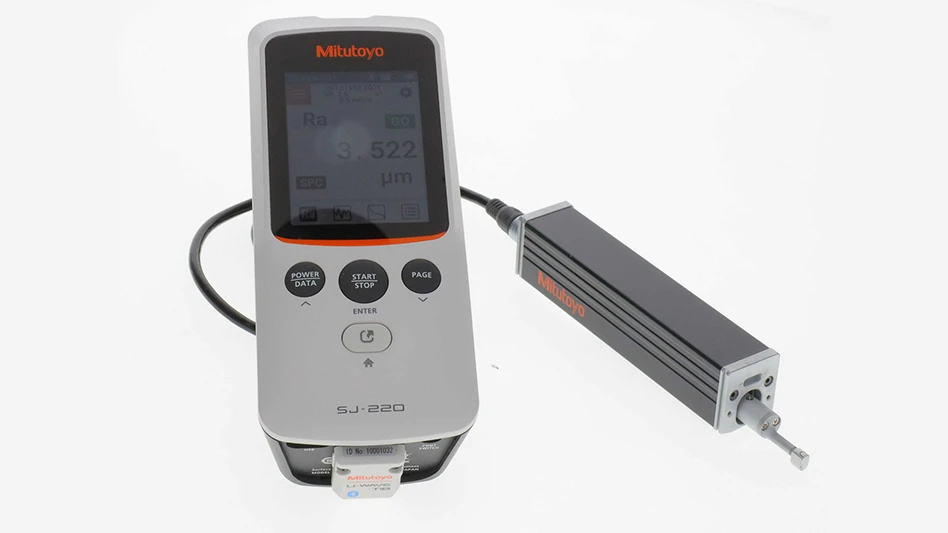
ZykloMed, a joint project funded by the Federal Ministry of Education and Research with participating partners INDEX, Paul Horn GmbH, Beutter Präzisions-Komponenten GmbH, and the wbk Institute for Production Engineering at the Karlsruhe Institute of Technology, tackles the challenge of economically machining implants with multifunctional and non-round bionic designs. The focus was on three manufacturing processes: eccentric turning, polygon turning, and turn whirl milling.
Modern medical implants for orthopedics, traumatology, and dental technology are characterized by rigorous demands on strength, biocompatibility, and bionic-optimized geometry. The geometry of an implant is adapted to the bone and tissue. In the process, the functional surfaces of the implants are given an increasingly sophisticated design to facilitate attachment in the body and make them less invasive for patients. The new implant designs drive up manufacturing costs because surfaces are no longer circular or square. They have more curved surfaces and functional elements with continuous transitions in a very small space. In particular, the need for several manufacturing steps on different machines causes significant cost increases. For example, precise handling for exact reclamping of a workpiece represents a considerable cost factor. Therefore, despite the high level of functional integration, an efficient process route is needed for economical production.

Novel processes
The novel manufacturing processes of eccentric turning, polygon turning, and turn whirl milling are all based on the same kinematic principle of multiple synchronized rotating axes. While this principle’s well known, its application to non-circular and curved shapes is highly demanding. At the same time, the practical implementation must meet the high-quality requirements of the medical industry.
The project partners researched and developed novel manufacturing procedures along the entire process and supply chain, from the machines and control technology to the tool design to prototype and pre-series production. The manufacturing processes were simulated and designed based on known methods with the same mathematical principles to determine the requirements for tool and machine. The tests were divided into equivalence tests under laboratory conditions as well as pre-series tests in laboratory and near-application environments. The engineers focused on machine and tool technology to develop and design the individual processes.

In eccentric turning, a rotating non-circular tool is guided along a rotating workpiece under positional coupling. The speeds are brought into a certain ratio to each other. The out-of-round shape is reproduced on the component within certain limits. The process offers highly productive production of eccentric outer contours. The rotation of the tool reduces the thermal load at the cutting edge, ensuring long tool life. The process also enables production of tapered profiles.
Polygon turning is a process for producing non-circular external and internal contours with the shape of a hypotrochoid. Like rotary eccentric turning, the process offers the possibility of producing non-circular contours on lathes. In the process, the parallel axes of the workpiece and the tool are offset from each other by an axial distance and are brought into a specific speed ratio under positional coupling. The axial distance, the speed ratio of the workpiece to the tool, and the cutting diameter of the inserts define the dimension of the contour. A tool system for polygon turning is individually adapted to the contour of the workpiece to be produced.

Turn whirl milling is a highly productive process for producing threads for bone screws. One or two circular milling cutters are set at a certain angle to the workpiece. The directions of rotation of the cutters and the workpiece can be the same or opposite. The speed ratio of the workpiece to the two cutters depends on the number of threads and the number of cutter inserts. Turn whirl milling can also economically produce threads with a true variable pitch by dynamically changing the thread profile.
Near-series production successful
With successful tests in a near-series production environment, the partners of the ZykloMed project have come a big step closer to the goal of the research project – economic production of implants of multifunctional and non-round bionic design. The engineers proved the synchronized manufacturing processes enable economic production of modern implants. In addition to producing new component geometries, the processes also offer optimization potential for economic production of existing implants, as well as possible applications beyond the medical industry.
Horn USA Inc.
https://www.horn-group.com/us
INDEX
https://www.index-group.com/en_us
Beutter Präzisions-Komponenten GmbH
https://www.beutter.de
Get curated news on YOUR industry.
Enter your email to receive our newsletters.
Explore the April 2024 Issue
Check out more from this issue and find your next story to read.
Latest from Today's Medical Developments
- Aerospace Industry Outlook - Spring 2025, presented by Richard Aboulafia
- World’s smallest pacemaker is activated by light
- FANUC America’s ready-to-deploy cobot web tool
- #42 Lunch + Learn Podcast - Quell Corp
- Siemens accelerates path toward AI-driven industries through innovation and partnerships
- REGO-FIX’s ForceMaster and powRgrip product lines
- Roundup of some news hires around the manufacturing industry
- Mazak’s INTEGREX j-Series NEO Machines









